1. Introduction to Automatic Layer Cage
The Automatic Layer Cage represents a significant advancement in commercial poultry farming, designed to improve the housing, management, and productivity of laying hens. Integrating automated feeding, watering, egg collection, and manure removal systems, automatic layer cages streamline farm operations, reduce labor costs, and enhance bird welfare.
In response to rising global demand for eggs and the need for efficient production systems, automatic layer cages have become indispensable in modern poultry farms. These systems enable optimized space utilization through multi-tier designs, coupled with smart automation to ensure consistent nutrition, hydration, hygiene, and egg harvesting.
Compared to traditional cage systems, automatic layer cages reduce human error, improve operational efficiency, and promote healthier, more productive flocks. This comprehensive guide covers the technical parameters, key features, benefits, application scenarios, usage guidelines, and frequently asked questions about automatic layer cages.
2. Technical Parameters of Automatic Layer Cage
Cage Material | Hot-dip Galvanized Steel or Stainless Steel |
Cage Dimensions | Width: 60-80 cm; Depth: 40-50 cm; Height: 40-50 cm per cage unit |
Number of Tiers | 3 to 6 tiers (customizable) |
Capacity per Cage Unit | 3 to 8 hens depending on cage size and welfare standards |
Wire Mesh Diameter | 1.8 mm to 2.5 mm |
Feeding System | Automatic Feeders with Adjustable Feed Rate |
Watering System | Automatic Nipple Drinkers |
Egg Collection System | Automatic Egg Conveyor Belts |
Manure Removal System | Automated Manure Scrapers or Belt Systems |
Power Supply | 220V/110V (depending on region) |
Control System | PLC or Microcontroller-Based Automation |
Installation | Modular design for flexible assembly and expansion |
Safety Features | Emergency stop buttons, sensors, alarms |
3. Features of Automatic Layer Cage
3.1 Fully Automated Feeding System
Equipped with precise feeders that automatically dispense feed at scheduled intervals, ensuring consistent nutrition and minimizing feed waste.
3.2 Automatic Watering System
Nipple drinkers provide continuous clean water supply, reducing contamination and water spillage.
3.3 Efficient Egg Collection Mechanism
Egg conveyor belts transport eggs smoothly from cages to collection points, reducing breakage and manual labor.
3.4 Automated Manure Removal
Manure belts or scrapers operate regularly to keep the cage environment clean, improving hygiene and reducing disease risk.
3.5 Modular Multi-Tier Design
Stackable cages allow vertical expansion, maximizing space usage without increasing farm footprint.
3.6 Durable and Corrosion-Resistant Construction
Galvanized or stainless steel materials ensure long service life even in humid and corrosive farm environments.
3.7 Integrated Environmental Controls
Optional ventilation and temperature control systems optimize hen comfort and productivity.
3.8 User-Friendly Control Interface
Modern control panels allow easy monitoring and adjustment of feeding, watering, manure removal schedules, and system diagnostics.
3.9 Enhanced Safety Features
Built-in safety mechanisms protect birds and operators, including emergency stops and fault alarms.
4. Advantages of Automatic Layer Cage
4.1 Labor Efficiency
Automation drastically reduces manual labor in feeding, watering, egg collection, and cleaning, allowing farm operators to focus on management and health monitoring.
4.2 Increased Production
Consistent feed and water supply combined with a hygienic environment boost egg-laying rates and improve feed conversion ratios.
4.3 Improved Animal Welfare
Reduced disturbance from manual handling and optimal living conditions contribute to healthier, less stressed hens.
4.4 Space Optimization
Multi-tier configurations allow high-density housing while maintaining welfare standards, optimizing land use.
4.5 Reduced Waste and Environmental Impact
Precise feed dispensing and automated manure removal reduce waste and improve farm environmental conditions.
4.6 Real-Time Monitoring and Control
Automation systems provide data and alerts for timely interventions, minimizing downtime and health risks.
4.7 Consistent Egg Quality
Automated egg collection systems minimize egg handling and contamination, leading to cleaner, less damaged eggs.
5. Application Scenarios of Automatic Layer Cage
5.1 Large-Scale Commercial Egg Production
Ideal for industrial-scale farms aiming to maximize efficiency and output.
5.2 Medium and Small Farms
Modular designs allow scalable investment and gradual system upgrades.
5.3 Research Facilities
Controlled environments facilitate poultry behavior and productivity studies.
5.4 Organic and Specialty Farming
Customizable systems support organic standards and specific production goals.
5.5 Export-Quality Egg Production
Ensures compliance with international quality and biosecurity standards.
6. Usage Instructions for Automatic Layer Cage
6.1 Installation Guidelines
Select a site with adequate ventilation, temperature control, and power supply.
Assemble cage modules according to manufacturer specifications, ensuring secure tier stacking.
Connect feeders, drinkers, egg belts, and manure systems to power and control units.
Test all automated systems for proper operation before introducing hens.
6.2 Stocking and Bird Management
Follow recommended stocking densities, typically 450-500 cm² per bird.
Introduce pullets gradually, monitoring behavior for stress or aggression.
Maintain consistent feed and water supply through automation systems.
Regularly check bird health and isolate any sick individuals promptly.
6.3 Routine Operation
Monitor control panels for system status, feed levels, water supply, and manure removal.
Collect eggs at designated collection points.
Maintain environmental controls to optimize temperature and airflow.
Conduct regular inspections for wear or faults.
6.4 Cleaning and Maintenance
Remove manure from belts and trays as scheduled.
Clean feeders, drinkers, and egg belts to prevent contamination.
Service motors, sensors, and control units as per manufacturer recommendations.
Replace worn parts promptly to avoid system failures.
7. Frequently Asked Questions (FAQs)
Q1: What is the typical lifespan of an automatic layer cage system?
A1: With proper maintenance, these systems can last 10-15 years or more.
Q2: How does automation improve egg production?
A2: By providing consistent nutrition, water, hygiene, and environmental conditions, automation supports healthier birds and better laying performance.
Q3: Can automatic systems be retrofitted to existing cages?
A3: Some components like feeding or watering systems can be retrofitted, but full automation usually requires new cage installations.
Q4: What are the power requirements for automatic layer cages?
A4: Most operate on standard 110V or 220V power supplies, depending on region and system size.
Q5: How do automatic manure removal systems work?
A5: Manure belts or scrapers run at scheduled intervals to remove waste from beneath cages, maintaining cleanliness.
Q6: Are automatic systems suitable for small farms?
A6: Modular designs allow small farms to invest gradually and expand automation as needed.
Q7: How is bird welfare addressed in automatic cages?
A7: Systems reduce manual disturbance, provide comfortable environments, and maintain clean, stress-free housing.
Q8: What maintenance is required for automatic layer cages?
A8: Regular cleaning, inspections, lubrication of mechanical parts, and prompt repairs are essential.
Q9: Can the feeding schedule be customized?
A9: Yes, modern systems allow programmable feeding times and quantities tailored to flock needs.
Q10: Are automatic layer cages compliant with animal welfare regulations?
A10: Many systems meet or exceed welfare standards, but compliance depends on farm management and regional laws.
8. Conclusion
Automatic Layer Cages represent the forefront of efficient, sustainable, and humane poultry farming. Through integrated automation of feeding, watering, egg collection, and manure management, these systems empower producers to achieve higher productivity with lower labor costs and improved animal welfare.
By understanding the technical specifications, features, advantages, applications, and best practices for use and maintenance, poultry farmers can confidently adopt automatic layer cages to meet modern production demands and regulatory standards.
Investing in high-quality, reliable automatic layer cage systems not only enhances operational efficiency but also supports sustainable farming practices and delivers superior egg quality to the market.
Company Profile
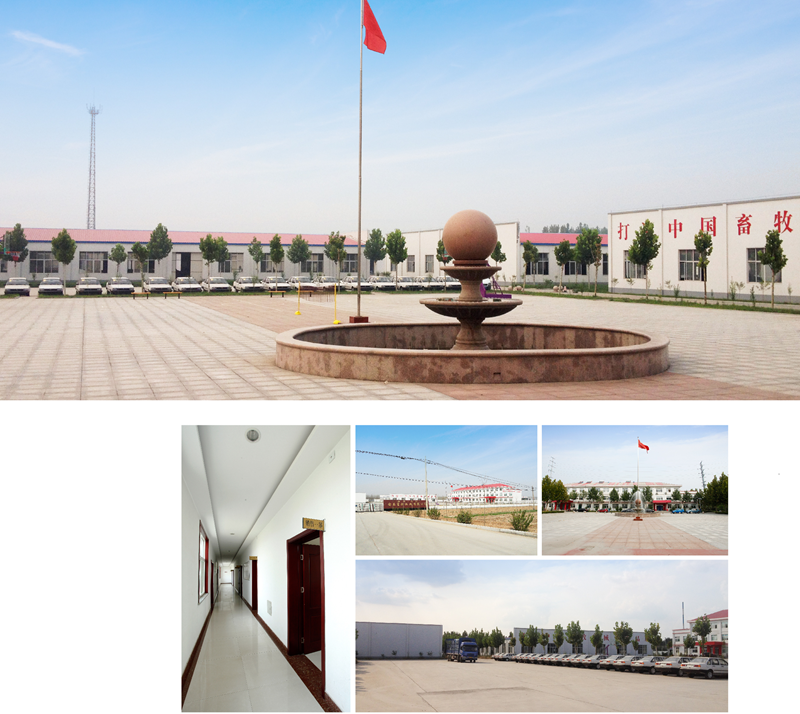
Shandong Huimin Qinle Livestock Machinery Co., Ltd. (formerly Shandong Huimin Qinle Livestock Machinery Factory) is a professional poultry equipment manufacturer with over 20 years of experience. We offer a comprehensive service package, from design (land and chicken coops), production (equipment and prefabricated steel coops), installation, commissioning, customer training, and after-sales service.
Located in Huimin County, Binzhou City, Shandong Province, China, the company has extensive experience in mechanical processing and manufacturing, as well as livestock machinery production and operation. With fixed assets of RMB 15 million, the company employs 160 people, including 30 R&D staff, and occupies a 40,000-square-meter factory. Equipped with over 110 pieces of advanced precision production equipment, including CNC machining centers and laser cutting machines, the company boasts a production capacity of RMB 50 million.
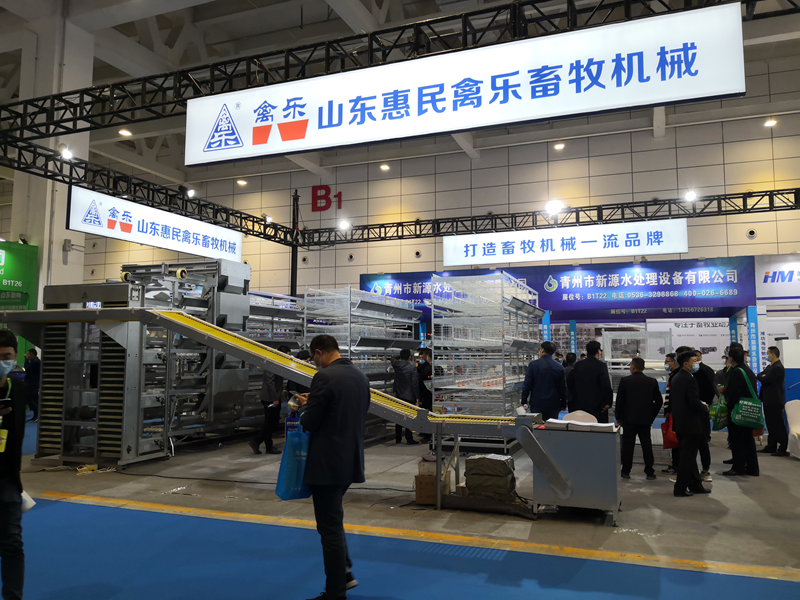


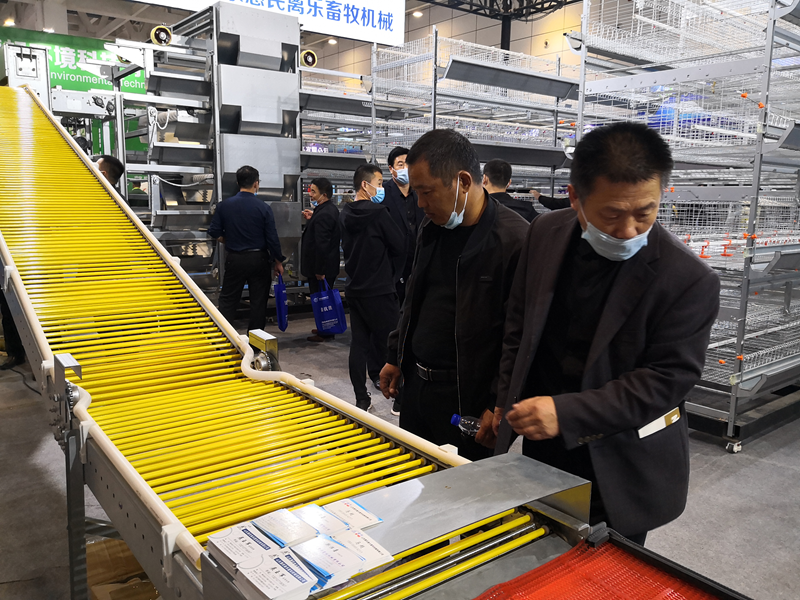
Chicken Farming Equipment Mesh Production Workshop

Machining Workshop

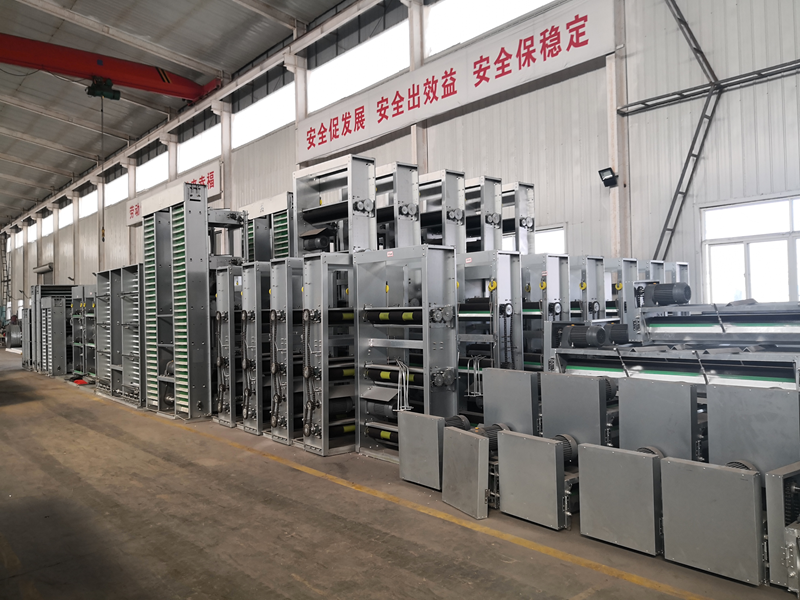
Turret-type CNC Punch Press, Laser Cutting and Other Machining Equipment



Fully Automated Roll Forming Production Line

Hot-dip Galvanizing Production Line

Electroplating Production Line

Environmental Protection Equipment

Chicken Farming Equipment Product Series
Egg-laying Hen Farming Equipment
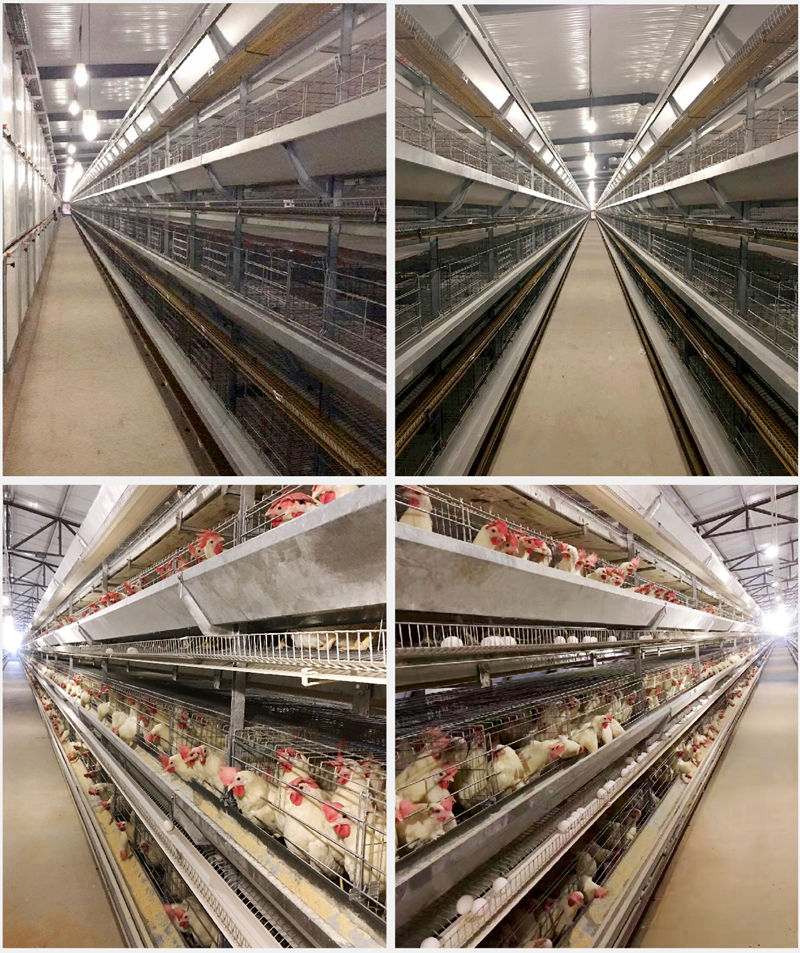
Stacked Brooding Cage Equipment

Stacked Broiler Cage Equipment
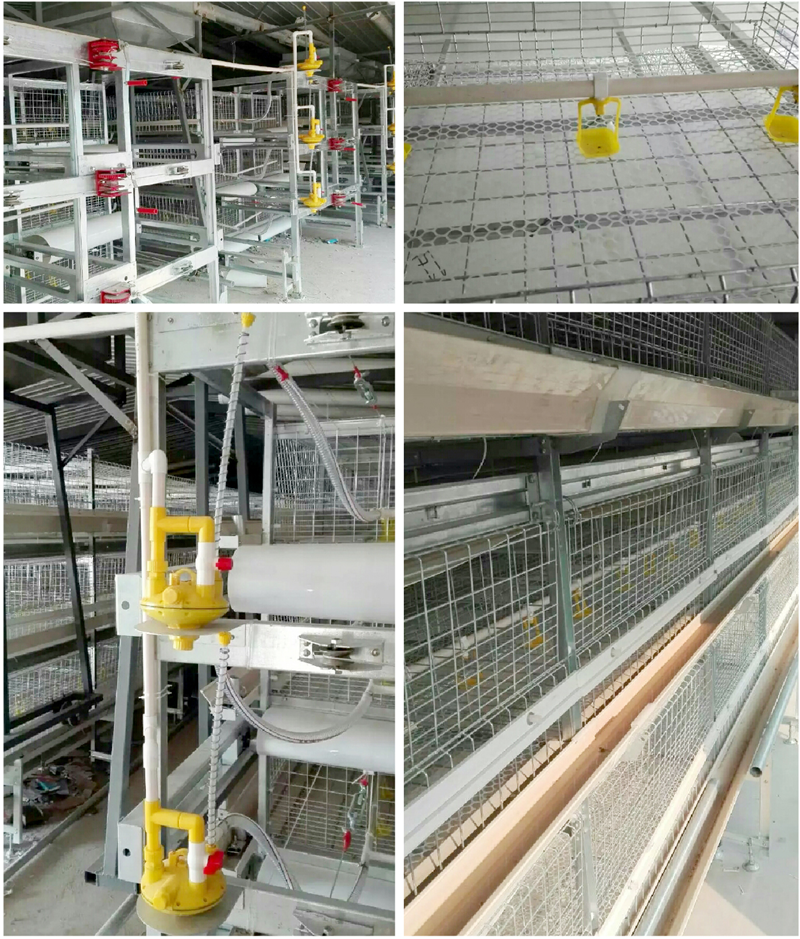
Stepped Layer Hen Cage Rearing Equipment
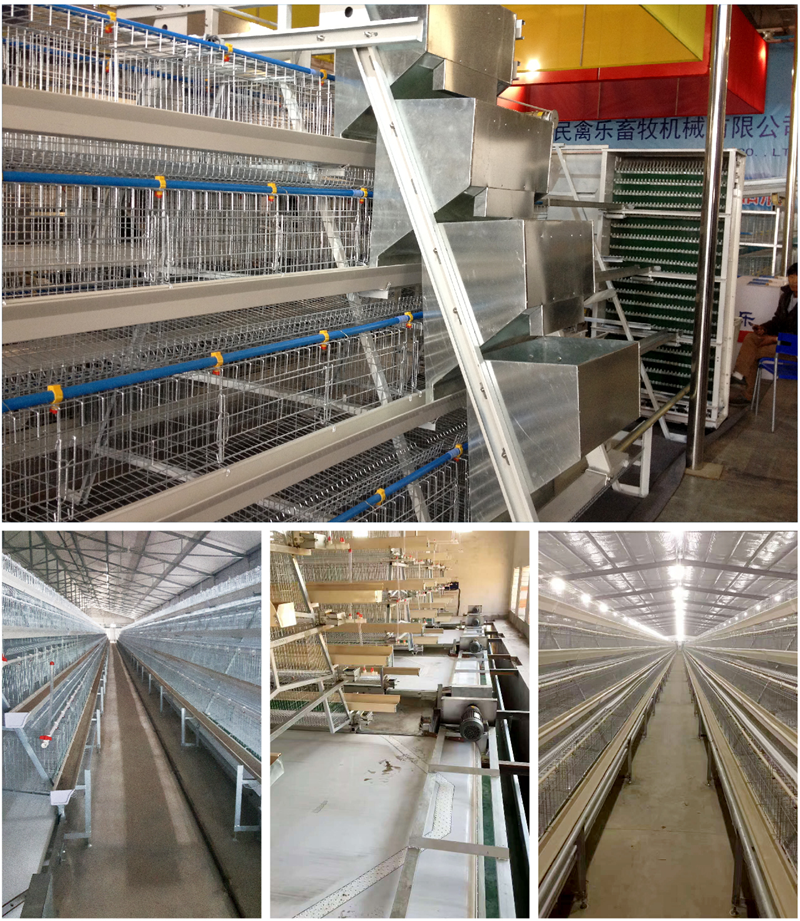
Automatic Egg Collection System

H-type Cage Feeding Machine
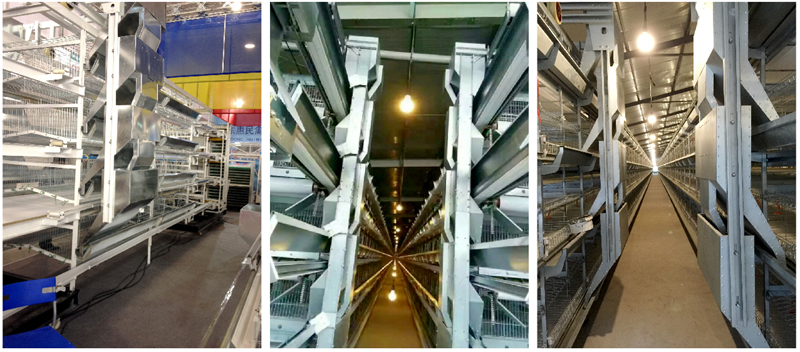
Stepped Cage Straddle Feeder
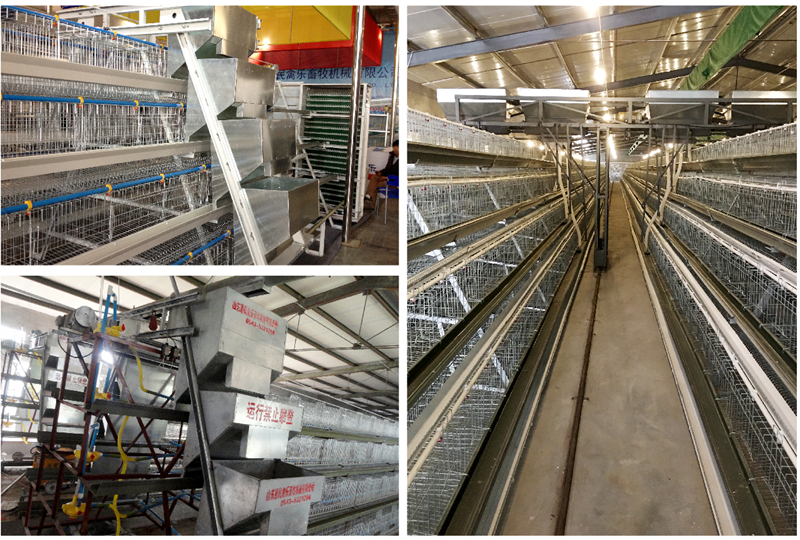
Manure Removal Machine

Fans, Heated Curtains, Environmental Control Systems, and Lighting Equipment
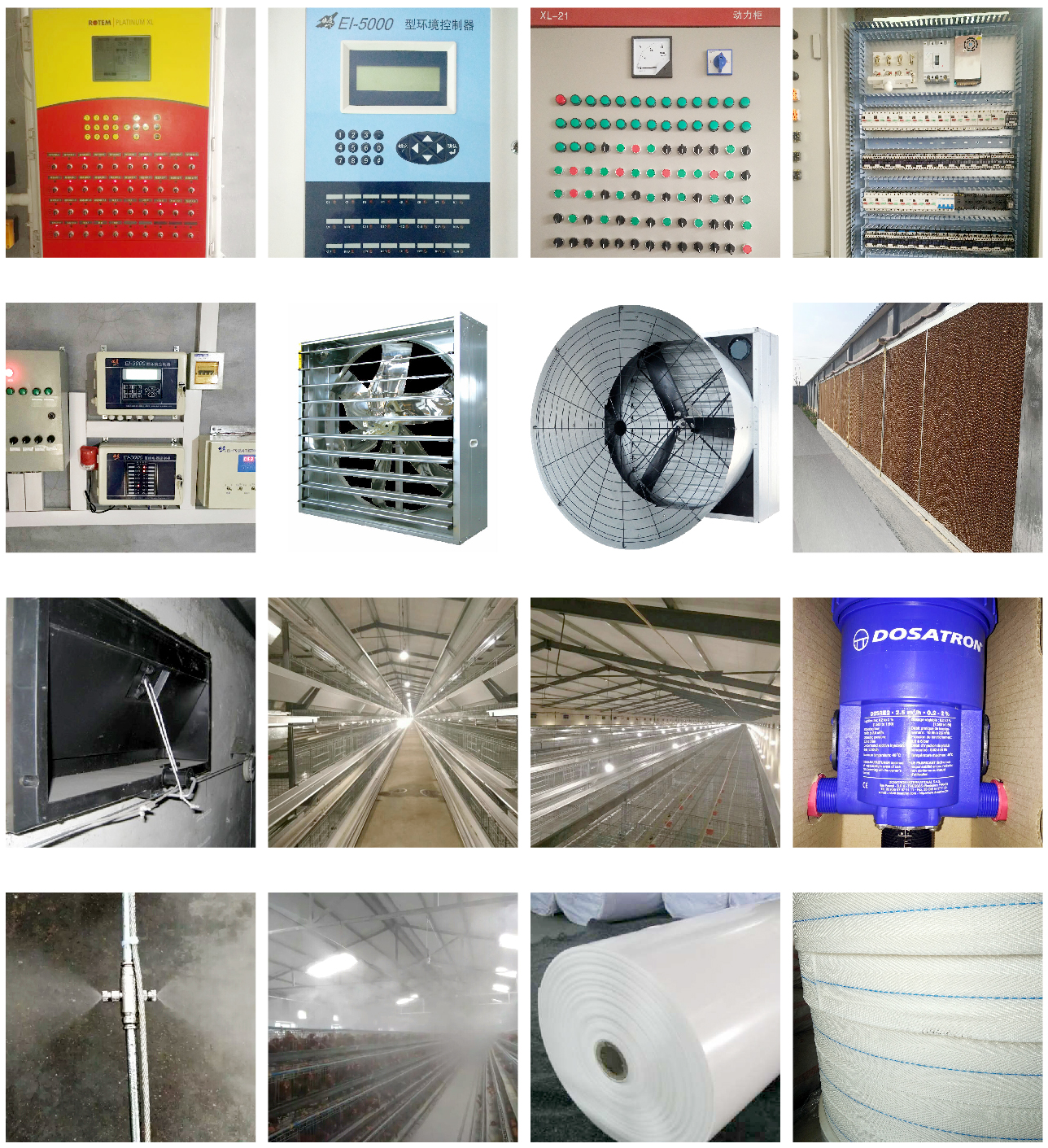
Complete Set of Equipment for Organic Fermentation Treatment of Manure


 Catalogue
Catalogue































 ada apa
ada apa Telepon
Telepon